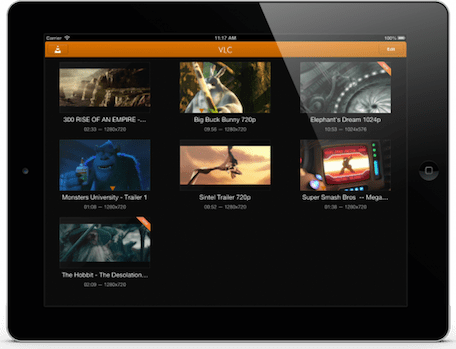
However, once everything is connected, the external DAC bypasses the iPhone’s own internal DAC and lets you enjoy Hi-Res Audio at the quality it was always meant for.

This, too, is an imperfect solution as even highly portable DACs like the AudioQuest DragonFly Red (opens in new tab) or Cyrus soundKey (opens in new tab) will require a USB-to-Lightning adaptor to connect to the iPhone - so you’ll end up with two separate devices dangling from your phone in addition to a pair of wired headphones.

It’s much safer, if more fiddly, to use a DAC (Digital to Analog Converter). One way of doing this is to simply buy a pair of headphones with a Lightning connector, though many of these limit the sample rate too, and usually aren’t forthcoming about doing so.

The first step in knowing how to play Hi-Res music on iPhone, then, is getting your headphones connected in such a way that you can play Hi-Res music at its full bit rate and sample frequency.


 0 kommentar(er)
0 kommentar(er)
